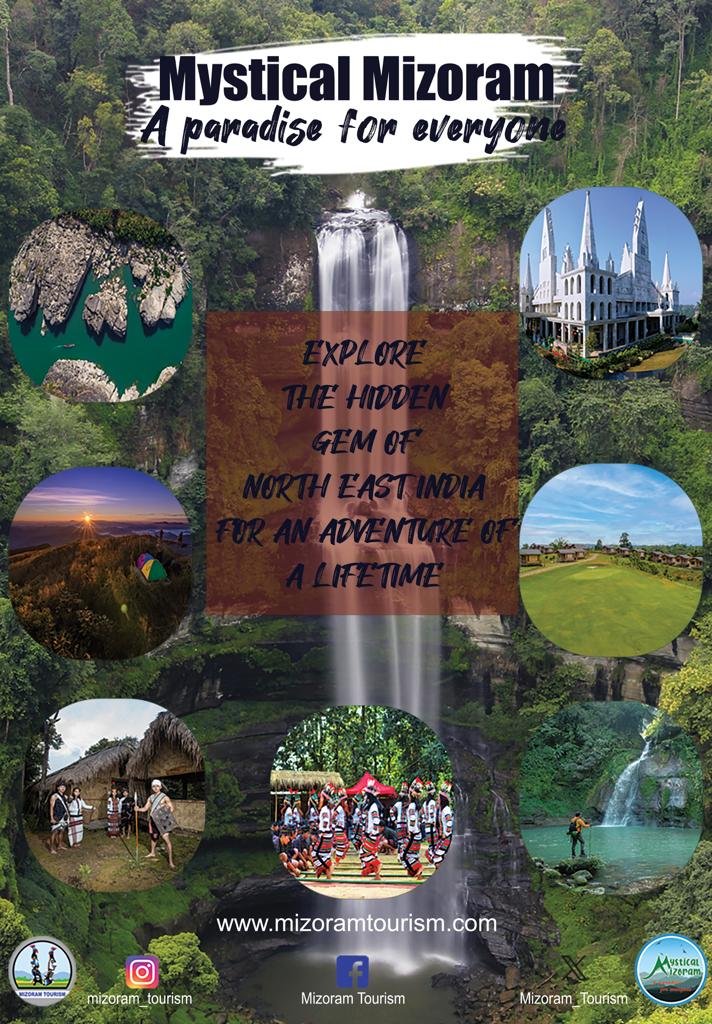
BY DR. RAVINDER PALL SINGH SAINI
INDIAN FOREST SERVICE ( RETIRED),
MEMBER, BOARD OF MANAGEMENT,
FOREST RESEARCH UNIVERSITY,
DEHRADUN
DEHRADUN, 5 MARCH 2023:
The Sundarbans Biosphere Reserve ‘A Sublime’ is one great nursery for man.
Everything that exists here has brought with it its own peculiar lesson. From Tiger to
Mangroves to Peculiar Delta Biodiversity to People here who struggle to live happily
with Nature.

The Sundarbans is the biggest mangrove ecosystem in the world. Named after the
dominant mangrove tree species, Heritiera fomes, known as sundri in Bengali,
Sundarbans itself factually means ‘beautiful forest’ in Bengali. The ecosystem is now
one of the World’s Natural Wonders and was declared a UNESCO World Heritage Site.
The name Sundarbans is thought to be derived from sundri or Sundari (Heritiera
fomes), the name of the large mangrove trees that are most bountiful in the area. The
forestland changes into a low-lying mangrove swamp approaching the coast, which
itself consists of sand dunes and mud flats. Mangrove forests constitute about two-fifths
of the Sundarbans region’s overall surface area, with water covering approximately half
of that area.

History of Sundarbans:
The history of Sundarbans can be traced as far back as 200-300 AD. It is believed that
the forests of Sundarbans were leased to the nearby residents during the Mughal
period, who built settlements in them. In the coming years, however, those settlements
were attacked by the Portuguese and salt smugglers in the 17th century. All that
remains today are their ruins, most of which can be traced at a place called
Netidhopani.
It was in 1875 under the Forest Act, 1865 (Act VIII of 1865) that a large part of these
forests was declared as “reserved”. Post-independence, it was declared a wildlife
sanctuary in 1977 and established as a national park on 4th May 1984. In the year
1978, Sundarbans were declared a national park, and in 1973, they were declared a
tiger reserve under Project Tiger.

When to visit Sundarbans?
The best time to visit Sundarbans is between November to March. The weather is quite
pleasing during this time and makes the perfect conditions for tiger and other wildlife
sightings. One can also visit it in the summer season, or the months from April to June.
Remember though, that it can get very hot during this time, with the average
temperature being 43°C. A lot of tourists find the heat quite difficult to deal with but
shouldn’t pose a problem for you if you are okay with it. Monsoons are not a good time
2
to visit Sundarbans, as most of the areas are flooded and taking a boat ride would be
quite unfeasible.

Remarkable Facts About Sundarbans:
- Storehouse of adventurers:
Sundarbans is basically your place to be with mangrove forests inhabiting wild animals
and wilder nature encircling you.
- Habitat of the Wild:
- a) Fauna:
It is quite rich in fauna with 693 species of wildlife which includes 49 mammals, 59
reptiles, 8 amphibians, 210 white fishes, 24 shrimps, 14 crabs and 43 mollusks species.
the Sundarbans offer habitat to a variety of species like crabs, small fishes, crabs,
shrimps and more. Other than these, one can spot fauna like wild boars, fishing cats,
macaques, common grey mongooses, foxes, jungle cats, flying foxes, pangolins, and
spotted deer at the Sundarbans.
From poisonous and vicious snakes to wimpy chameleons and salamanders to beasty
crocodiles, if you like to steer clear of reptiles, then think twice before visiting this place.
However, if you are an admirer for unspoiled nature, then the sight of crocodile’s
sunbathing on the banks of the backwaters will surely greet you.

- b) Flora:
A total about 334 plants, 160 algae, 13 special orchids, 17 fern, 87 monocotyledon and
230 dicotyledon belonging to 245 genera and 75 families from the Sundarbans and
adjacent area are found accessible. Of the over 50 true mangrove plant species
recorded, the Sundarbans alone contains about 34. Almost all mangrove plant species
are evergreen, dwarf, shrubby or tall trees, and grow gregariously without leaving any
space on the floor.

The Sundarbans delta is named after a special type of mangrove tree called Sundari.
These trees are very common in the mangrove forests of West Bengal.
- Photographer’s paradise:
These emerald, green islands have their own charm to captivate the sight of the
photographers as they travel the tranquil forests of Sundarbans. The forests are the
focal point of various migratory birds such as Siberian cranes, yellow wagtail, wood
3
sandpiper, Eurasian golden oriole and many more. Among all, the most amazing sight
which the photographers wish to capture is the royal, regal, and majestic elegance of
the stately Bengal tigers. Indeed, a scene to witness.
- One of India’s largest Fishery Zone:
It is an important and distinctive natural resource bequest and is famous for its brackish
water fish production and marine fisheries. Sundarbans Development and Zoological
Survey of India in association with Forest Department are working for projects to study
the diversity and explore permissible limits for development of economic pisciculture.

- Scenic:
Sundarbans stands out to be the biggest maze of mangrove wetland in tropical Asia.
The ideal time to experience the mystic serene of this wonderful deltaic region is
between September to March. Even the surrounding villages vegetation cover provide a
captivating scenic beauty.

- A prograding delta:
The Sundarbans Delta with geo-genetic link to the tectonic Bengal Basin is one of the
world’s widest, deepest, and most tectonically active deltas. The Sundarbans Delta
Complex and its surroundings have vigorous physiographical and geomorphologic
elements. Extensive thick layer of floodplain deposits, rise of sea level and due to
various other geographical conditions, the deltas have prograde in phases.
- A composite of islands:
If you thought that by ‘conglomeration’ of islands we mean five, six or ten islands then
you are mistaken. This Ganga – Brahmaputra delta which is the abode of Sundarbans
is an archipelago of about 110 to 120 small islands.
- Nature’s Paradise:
This Tropical delta is the largest single block of tidal halophytic mangrove forest in the
world. As you perforate into the forests, the serene environment unfolds its enigmatic
beauty. During the summer the petals of the Genwa bejewel flower blossoms over the
Emerald islands. The other dominant floral species are crab like red flowers of the
Kankara and the yellow blooms of Khalsi.

- Home of Royal Bengal Tiger:
These dense evergreen delta-forests are homes to the majestic and fiery Royal Bengal
tigers. The Sundarbans Tiger Reserve is known to have one of the the largest number
of tigers population.
4
- Globe’s largest Delta:
This Archipelago is the world’s largest deltaic forest. It is also known as the Bengal
Delta or the green delta which is formed by the amalgamation of the two rivers, Ganga,
and Brahmaputra. It is spread out in an area of almost 2400 square kilometer in India.
This natural abode of evergreen mangroves in India has been selected as a “UNESCO
World Heritage Site”.

- World’s largest Mangrove Forest:
Sundarbans National Park is the largest mangrove swamp in the world. This place is
distinguished by the productive growth of littoral mangrove vegetation. They grow best
in these salty coastal waters. 24 true mangrove taxa belonging to nine different families
are found within the Indian Sundarbans. Several species are endemic such as Aegialitis
rotundifolia, Heritiera fomes, Sonneratia apetala or S. griffithii.
(Snap shots from the author’s field visits to Sundarbans as Director, Sundarbans Biosphere)

Advertisement:






























Add Comment